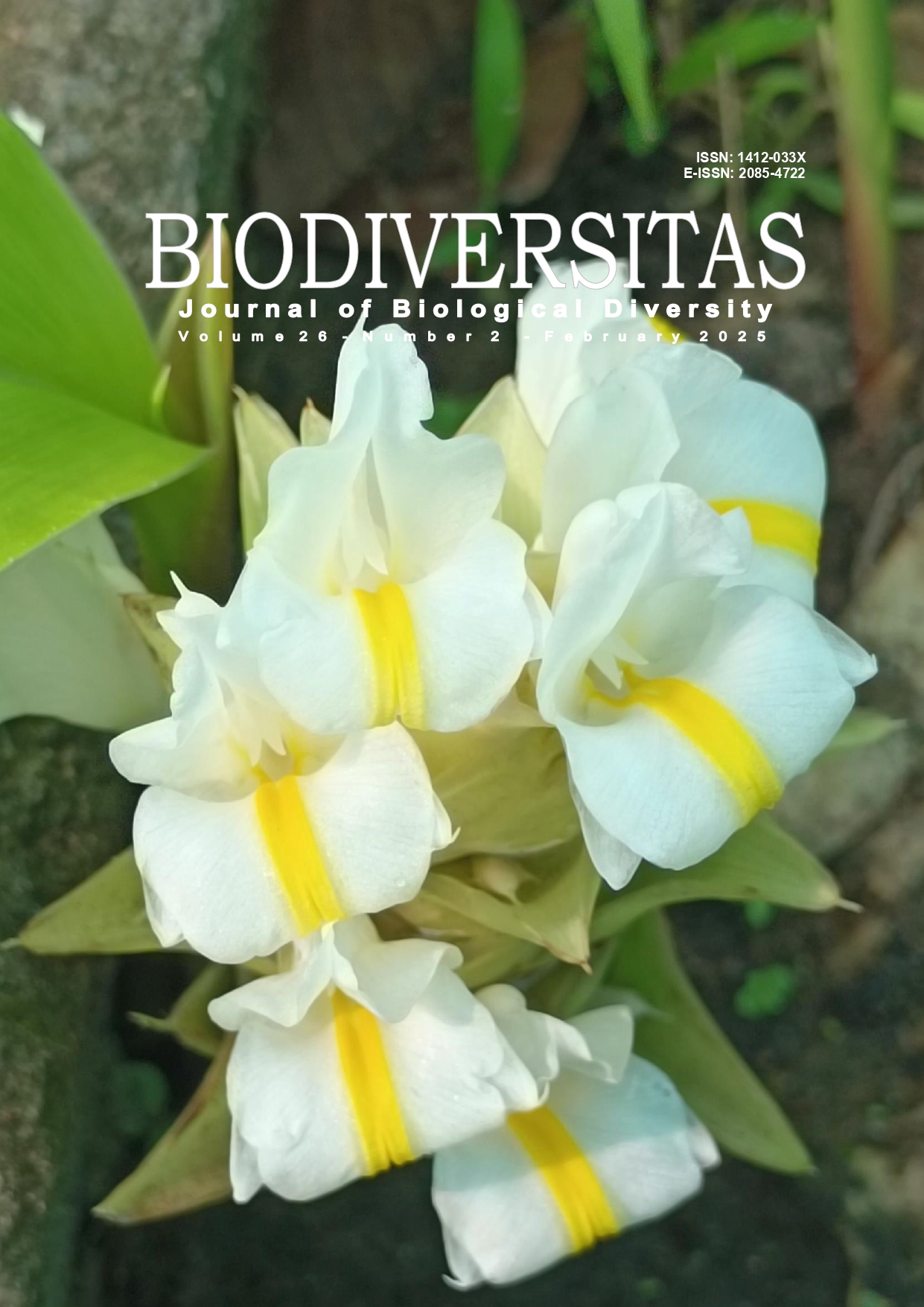Fishing area mapping and gear competition in Paiton Waters, East Java, Indonesia
##plugins.themes.bootstrap3.article.main##
Abstract
Abstract. Sari WK, Rahmalinda WPF, Harlyan LI, Sambah AB, Matsuishi TF, Rust S. 2025. Fishing area mapping and gear competition in Paiton Waters, East Java, Indonesia. Biodiversitas 26: 636-650. Fisheries in the northern waters of Java Island, Indonesia, particularly in East Java, exhibit high complexity, requiring comprehensive management to effectively address multiple challenges. However, this complexity requires simplification of contributing variables to facilitate sustainable management. One potential solution is spatial clustering. This study aims to analyze species diversity, identify the distribution of fishing gear, cluster areas and fishing gear, and assess indications of competition between fishing gear operating at the Paiton Fish Landing Base (PPI). This study used the Hierarchical Cluster Analysis (HCA) method. The results showed that species diversity in Paiton waters was categorized as moderate (0.00-1.52), with species richness categorized as low (0.00-0.72). Spatial clustering identified two clusters of fishing areas and one cluster of different fishing gears. Fishing areas near the harbor and close to Madura Island are dominated by Indian scad Decapterus russelli, while the central part of the Madura Strait is dominated by Bullet tuna Auxis rochei. Gear groupings showed competition between gillnets and driftnets, both of which target Savalai hairtail Lepturacanthus savala. This research contributes to fisheries management by providing insights into the spatial distribution and competition of fishing activities, supporting better resource allocation and sustainable practices in the region.

